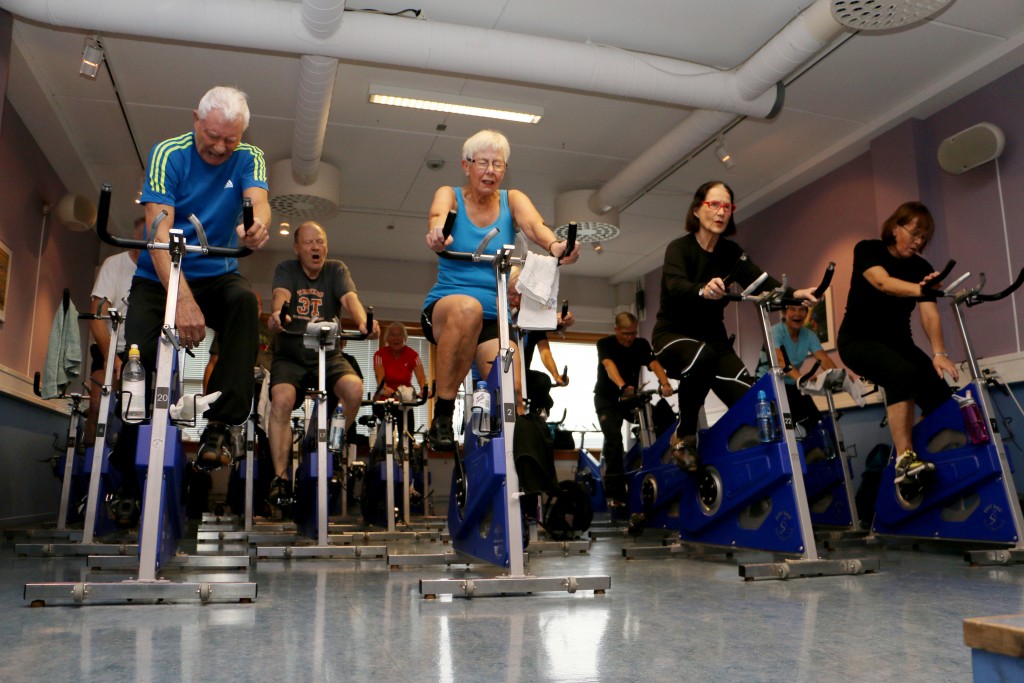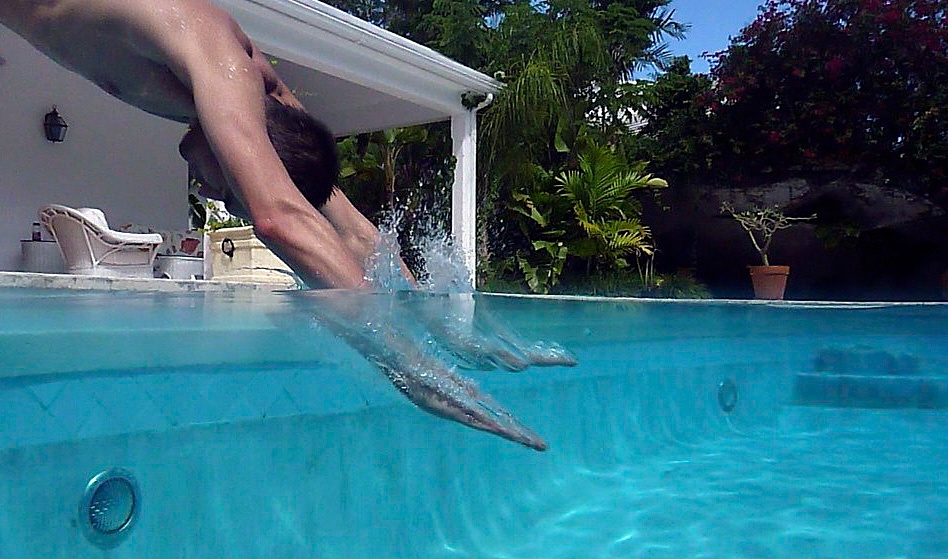
Is High Intensity Interval Exercise Safe for Heart Patients?
Photo Credit: Faculty Medicine NTNU, via Flickr Creative Commons
For the last several decades, cardiologists and exercise physiologists have recommended regular aerobic exercise for anyone with cardiovascular disease to improve cardiac function and lower disease risk factors. In more recent years, this recommendation has also included high intensity interval exercise (HIIE), an approach that includes short periods of intense anaerobic exercise with less intense recovery periods. Many, however, question its safety and effectiveness.
The jury is still out on the overall safety of HIIE training for heart patients
Traditional Cardiac Rehab Exercise
I’ve spent nearly twenty years working in cardiac rehabilitation applying the more traditional principles of exercise for patients recovering from cardiovascular disease. These traditional guidelines, which are recommended by organizations such as the American College of Sports Medicine (ACSM), the American Heart Association and The American College of Cardiology, guide us towards light to moderate intensity exercise, which can be sustained for several minutes or up to an hour or greater. The exercise component of the Ornish Lifestyle Medicine program (Intensive Cardiac Rehabilitation) recommends a minimum of 30 minutes a day, or an hour every other day, for a total of 3-5 hours of aerobic exercise per week. This doesn’t include high intensity interval exercise.
More specifically, the ACSM recommends a range of 40%-85% of a person’s maximum ability to exercise aerobically. This can be measured accurately through a treadmill stress test and with this data a healthcare professional can very accurately calculate a person’s target heart range to match the 40%-85% guideline. The healthcare professional, in many cases nurses or exercise physiologists along with your physician, would create an exercise prescription designed specifically for you based on your current fitness level and medical history.
I’ve personally found these guidelines to be both beneficial and very safe for the majority of patients participating in supervised cardiac rehabilitation. These guidelines also allow the healthcare professional to adequately challenge every type of patient from the least trained to the most seasoned exerciser.
Does High Intensity Interval Exercise Help Heart Patients?
Some cardiac rehabilitation programs are now utilizing HIIE training for many of their patients. HIIE training involves short bursts of high intensity exercise, often greater than 90% of a person’s maximum exercise ability, broken up by periods of rest or low intensity exercise. Some research has shown that HIIE has superior benefits over the more traditional moderate intensity continuous exercise. For example, a study by Wisloff et al published in the journal Circulation showed exercise intensity was an important factor for reversing left ventricular remodeling and improving aerobic capacity, endothelial function and quality of life in patients with post-infarction heart failure.
The jury is still out, however, on the overall safety of HIIE training. A 2012 study in the journal Circulation by Rognmo, Moholdt, Bakken, et al found that the rate of cardiovascular events in both groups evaluated was 1 fatal cardiac arrest during moderate-intensity exercise (129-456 exercise hours) and 2 nonfatal cardiac arrests during high-intensity interval exercise (46-364 exercise hours). Based on these results, the researchers conclude that “considering the significant cardiovascular adaptations associated with high-intensity exercise, such exercise should be considered among patients with coronary heart disease.”
Research continues in this area, but most organizations have yet to fully support HIIE for people with cardiovascular disease. In my opinion, most recent cardiac patients are not conditioned enough or simply not psychologically ready to participate in HIIE training, even in a supervised setting.
Should I Try High Intensity Interval Training?
There are significant benefits that can be achieved by both forms of exercise training. But if you’re going to try HIIE, it’s vitally important to get the approval of an experienced healthcare professional. They will take into account your abilities, health history and goals to create an exercise prescription that is safe, effective and sustainable at home.
If you have cardiovascular disease, what is your experience with HIIE training?








